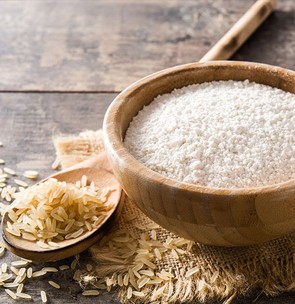

Published on Sep 01st, 2022

Amino acids are the root of protein. Proteins refer to a long queue of amino acids. Our body carries thousands of divergent proteins, each of which has a significant role. Every protein has its pattern of amino acids. The pattern enables the protein to take divergent forms and have distinct functions in your physique. Multiple ways are required to merge amino acids to shape diverse proteins.
Amino acids are molecules favored by all living beings to create proteins. Our human body requires 20 diverse amino acids to function flawlessly. Among all the amino acids, the specific nine are known as essential amino acids.
The foods we take in our diet are rich sources of essential amino acids, and we can gain them through our meal plan. Essential amino acids can get in a bundle of dietary meals like fish, beef, eggs, mushrooms, cottage cheese, quinoa, legumes and beans, grains, nuts, seeds, and dairy products.

The nine essential amino acids are Histidine, Isoleucine, Leucine, Lysine, Methionine, Phenylalanine, Threonine, Tryptophan, and Valine. The essential amino acids in rice protein are accountable for these successive processes.
Histidine
Isoleucine
Leucine
Lysine
Methionine
Phenylalanine
Threonine
Tryptophan
Valine
Our body generates the remaining 11 amino acids we require. These are known as non-essential amino acids. Alanine, Arginine, Asparagine, Aspartic acid, Cysteine, Glutamic Acid, Glutamine, Glycine, Proline, Serine, and Tyrosine are included in the list of 11 non-essential amino acids.
The Amino Acid Profile of Rice Protein (Essential Amino Acids) follows.
The Amino Acid Profile of Rice Protein (Non-Essential Amino Acids) follows.

An amino acid is an all-important chemical that is referred to as organic. Organic chemicals carry carbon-hydrogen bonds. It is the best quality of amino acids as they all have the twin fundamental structure. Every molecule has a primary carbon atom connected by a fundamental amino group, a carboxylic acid group, a hydrogen atom, an R-group, or a side chain group. The R-group is what places the amino acids separately. The R-group decides each amino acid’s chemical nature. The chemical nature commands how it will link to other amino acids and its surrounding.
The amino acids combine with peptide bonds and convert them into protein. Then, the impact of other amino acids and the effects of their R-groups turn up the protein into particular three-dimensional appearances.
The amino acid profile allows us to look at how essential and non-essential amino acids serve the well-being of our body. It also tells us the percentage of total amino acids in each amino acid which provides acknowledgment and awareness of how much we consume by taking amino acid-rich foods. Ideally, we can balance our diet chart after knowing the amino acid-oriented intake ratio and meal name. We can also find substitute meals if we want to satisfy our taste buds differently.
In this article, we briefly introduced amino acids and their profile on rice protein. We all know that rice protein applies to energy bars, sports drinks, nutritional supplements, bakery items, pasta/noodles, animal nutrition, livestock feed, animal growth supplements, pet food, antibiotics, and cosmetics. It’s important to realize that we should eat food reasonably that carries rice proteins to gain a good number of amino acids.
BackBe the first to know about new products, events and offers.